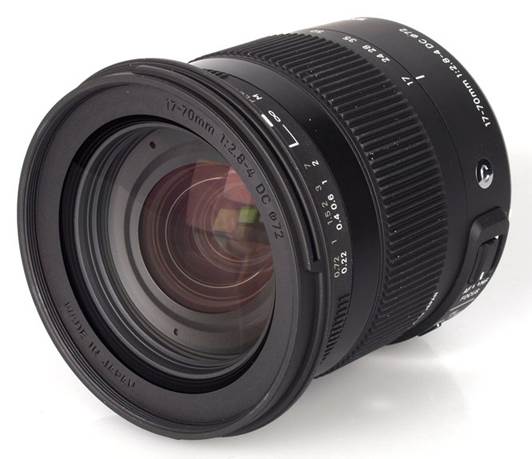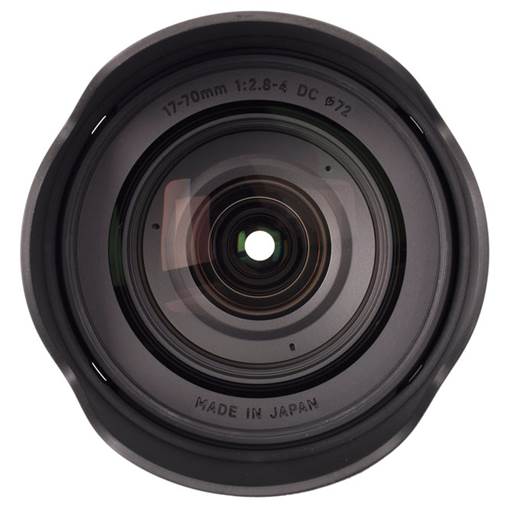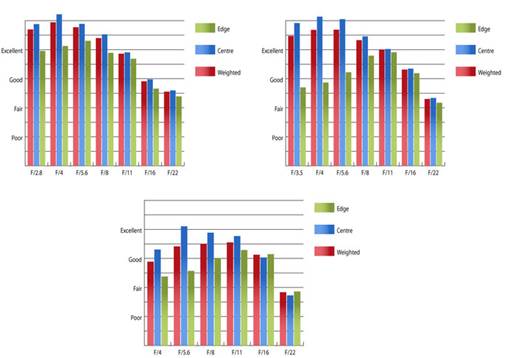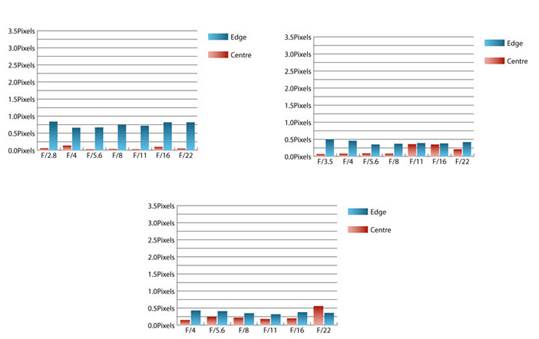The 4.1x
zoom lens is designed for the outstanding APS-C-formatted camera with variable
max lens aperture of f/2.8-4, silent focus, optical stabilization and the
nearest focus distance of 22cm throughout zoom range. Zoom range is equivalent
to a 25.5-105mm lens used on a 35mm camera. It’s suitable for Canon, Nikon and
Sigma camera and has the price of about 525$.

Sigma 17-70mm f/2.8-4 DC Macro OS HSM C
Features and processing
manipulations
This lens weights
about 465g, pretty lightweight. Though it’s not heavy, the design quality is
good, and the lens mount is made from copper. As a result, the lens can keep
itself on the balance position well with Canon EOS 600D used to test. The lens
is covered by a matte black finish with a piece of rubber pad to control zoom.
The silent HSM
focusing motor powers the focusing structure, help making the focusing process
of the camera quick and accurate. Though this lens has one silent focusing
motor, it doesn’t allow hand-held focus adjustment to be applied anytime.
Focusing ring rotates during focusing time and sits next to the zoom ring with
the processing being smoothly grinded to stop it from cutting into your finger
while using.
The closest focus
is 22cm from the sensor plane at any focal length, that’s good for shooting in
stuffy environment, or for the frame sitting close to the end of the zoom range
with max magnification of 1:2.8.
With optical
stabilization activated, the sharp hand-made shots can be taken with about a
half of the time at low speed of 1/5 seconds.

Product images
Performance
At 17mm, the sharpness is excellent at the
center of the frame and excellent toward the edges of the frame at mat
aperture. High sharpness all over the frame is maintained when the lens
lowering to around f/8.
Magnifying the lens to 35mm creates a
result with the same high performance as on the center of the frame, but
there’s a significant drop in sharpness toward the edges of the frame. At max
aperture, sharpness toward the edges of the frame only reaches the fair level. This
improves when lowering the lens aperture, reaching the peak between f/8 and
f/11 where the clarity toward the edges falls only behind the excellent level a
little bit.
Finally, zooming the lens to 70mm creates a
decrease in overall sharpness. At max aperture, sharpness still reaches an
incredibly good level in the center of the frame, but it only reaches the fair
level when reaching toward the edges. Lowering to between f/8 and f/11 creates
the best harmonious result in the center and toward the edges of the frame.

Rating image chromatic aberration
How
to read our diagrams
The blue column represents the readings
from the center of the frame at different lens aperture and the green is from
the edges. Take the average of the 2 readings above, we will have a column in
red number.
The conventional column on the left
represents the practical image resolution. The higher the column is, the better
the quality of the camera lens.
In this article, the lens tested on the Canon EOS 600D camera
uses Imatest.
Chromatic aberration is well controlled,
only exceeding the width of 0.75 pixel toward the edges of the frame at
aperture of 17mm and max, though this level drops because the lens is lowered, or
because the lens is zoomed in. this low level sets up some problem, even in the
images with high contrast edges sitting near the edges of the frame.

Rating
image sharpness
How
to read our diagrams
Chromatic aberration indicates the
inability to focus on a sensor or soften all the visible color of light at the
same point. High chromatic aberration delivers a noticeable fringing or some
halo effects around the sharp edges around the images. It can be removed thanks
to the software.
Apochromatic lens has special lens
(aspheric, low dispersion…) to reduce the problems above, so they normally have
higher price.
In this review, the lens is tested on Canon EOS 600D camera
using Imatest.
Falloff illuminating toward the corners of
the frame is also controlled for a zoom lens with such aperture and focal
length. At 17mm, the corners of the frame are 1.15 stops darker than the center
of the image and visually uniform illumination is performed when the aperture
lowers to f/5.6 or father. At the 70mm corners only 0.747 stops is darker than
the center of the image and f/5.6 also affects the result during the visually
uniform illumination process.
Quite strong Barrel-shaped distorted images
can be seen in taken shots at 17mm. Imatest discovers 3.71% of barrel
distortion at 17mm and 0.791% pillow-shaped distortion at 70mm. throughout the zoom
range, the model distorts uniformly on the frame, which makes the fixing
process fairly easy to apply in the image editing software later then.
A petal-shaped hood comes with the lens,
fulfilling an amazing job which is shadowing the lens from the unrelated light
which may affect the contrast and light dazzle. Contrast remains good when
shooting in the light.
Testing
image

Sample image of the product
Value
With a starting price of about 525$, this
lens creates good-enough image quality that is worth for each coin you spend.
Despite of that, those who are looking to buy this lens can save a few coins by
choosing the older versions, which have the same technical specs, but can be
sold with the price of 405$ due to being sold out.
The closest equivalent model from Canon is
the 17-85mm f/3.5-5.6 IS USM lens, offering a slightly wider zoom range, but
having slightly slow max aperture and being unable to focus as close as this Sigma
lens. Anyhow, it has the price of 345$.
The closest equivalent product of Nikon made
for this DX-format camera is 16-85mm f/3.5-5.6G Nikon lens, in which provides a
slightly larger zoom range, the increased cost is the explanation for the fast
max lens aperture, and the possibly close focusing distance of the lens. This
lens is available at 660$, which price is a little more expensive.
The Sony camera has Carl Zeiss lens with
the 16-80mm ZA VS DT brand as an alternative. This lens also has slightly
slower max aperture than Sigma in zoom range and can’t focus as close. It’s a
little more expensive at 840$.
Pentax users have 17-70mm f/4 AL SDM as a
suitable alternative for this Sigma lens. Pentax lens is proud to have
unchanged f/4 aperture and silent focusing, but it can focus as close as the Sigma
lens. It has the same price of 525$.
Conclusion
Those who look for a high-quality
multi-functional zoom lens for the DSLR APS-C-format camera may have done a bad
thing when not choosing this lens from Sigma. As well as highlighting with very
useful zoom level, having max lens aperture that is slightly faster than normal
will help the shooting process in lowlight, as well as optical stabilization,
work extremely well.
Sharpness at the center of the frame is
very good throughout the zoom range, and the focusing capability is very good
for the process of shooting the close objects. That’s not a perfect lens, but
it creates good quality and useful features at a suitable price.
Advantages
·
Sharpness is good at the center
·
Well design quality
·
Close focus
·
Optical stabilization
Disadvantages
·
Reduction in sharpness toward the edges due to
zoomed lens can be a concern of some people.
·
Distorted image at 17mm
Technical specs
|
Lens
·
Focal length: 17mm - 70mm
·
Viewing angle: 22.9° - 79.7°
·
Max lens aperture: f/2.8 - f/4
·
Min lens aperture: f/22
·
Filter size: 72mm
·
35mm equivalent: 25.5mm - 105mm
·
External focusing point: yes
Converging process
·
Min Focus: 22cm
·
Stabilized: yes
Construction
·
Blades: 7
·
Elements: 16
·
Groups: 14
Coming with the box:
·
Front and rear caps
·
Lens hood
Size
·
Weight: 470g
·
Height: 79mm
|